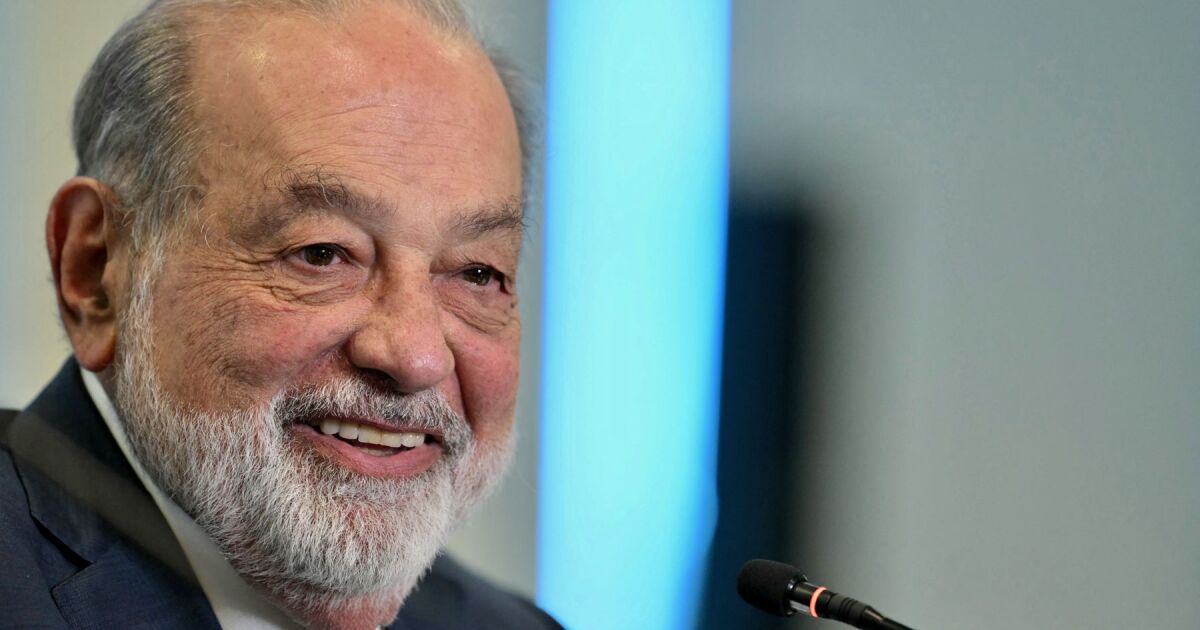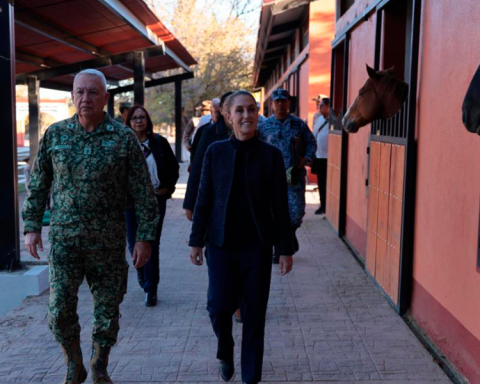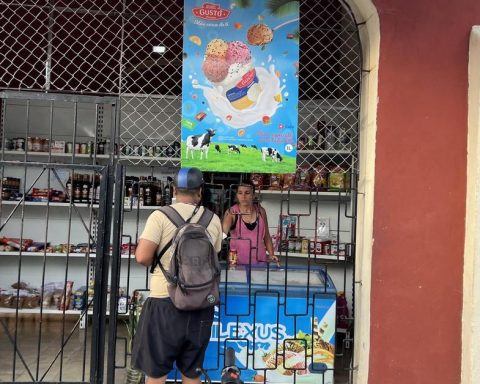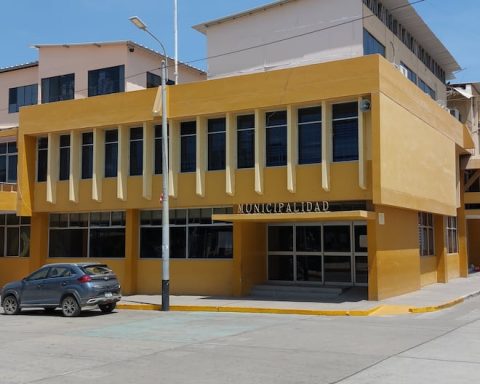Stellantis has brands such as Jeep, Alfa Romeo, Fiat, Ram, Maserati, Peugeot and Dodge, mainly.
“The news is good for Stellantis, because it can imply more personalized attention to its customers and save some expenses, and with that see better rates and a greater demand,” said Brian Rodriguez Ontiveros, Monex’s stock market analyst.
With February data, Stellantis reported the sale of 7,110 vehicles, a 7.7% drop compared to the same month last year. This trend is in line with the calculations of the Mexican Association of Automotive Distributors (AMDA), which provides for a fall in the placement of units due to the escalation of commercial tensions.
Recently, Stellantis Mexico’s CEO told Expansion that, in front of the situation, The firm seeks to diversify the risks and bet on the domestic market.
Analysts expect this alliance with Inbursa to help the shipowner to recover. By sub -march, for example, Chrysler will increase its market share to 12% from the current 10%.
“Manufacturers are seeing the issue of direct financing as a way to boost and facilitate the purchase of their new vehicles,” said Isabel Studer, analyst and environmentalist.
The expert said that the arrival of new Chinese brands led other firms to seek alliances with banks as a marketing strategy.
Until February of this year, Inbursa had a credit portfolio of 63,167 million pesos, although he hopes that the credit segment will decrease due to the deceleration of the economy, its strategy looks at 2026, the year in which it hopes to reduce the alliance with Stellantis once there is certainty about tariffs and that Mexico is in another economic cycle, of more growth.
The commitment to automotive credit with the shipowner joins the one he undertook in August last year, when the bank acquired 80% of Cetelem, a Sofom that was owned by BNP Paribas.















